27.10.2017
Launch of Global Changing Observation Mission - Climate "SHIKISAI" (GCOM-C)
and Super Low Altitude Test Satellite "TSUBAME" (SLATS)
aboard H-IIA Vehicle No. 37
October 27, 2017 (JST)
Mitsubishi Heavy Industries, Ltd.
National Research and Development Agency
Japan Aerospace Exploration Agency (JAXA)
Mitsubishi Heavy Industries, Ltd. (MHI) and the Japan Aerospace Exploration Agency (JAXA) are pleased to announce the launch schedule for Global Changing Observation Mission - Climate "SHIKISAI" (GCOM-C) and Super Low Altitude Test Satellite "TSUBAME" (SLATS) by H-IIA launch vehicle No. 37.
- Scheduled date of Launch:
- December 23 (Sat.), 2017
- Launch time:
- 10:26:22 a.m. through 10:48:22 a.m. (JST)
- Reserved Launch period:
- December 24 (Sun.), 2017 through January 31 (Wed.), 2018
- Launch site:
- Yoshinobu Launch Complex at the tanegashima Space Center
- ---
-
H-IIA F37 with SHIKISAI/TSUBAME onboard to be launched on December 23
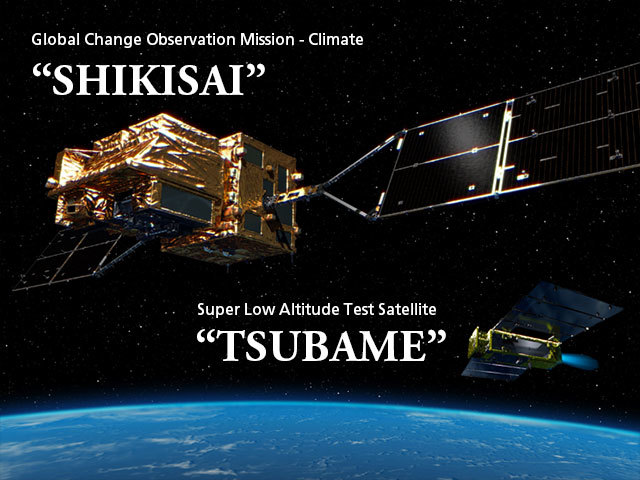
The launch schedule of the H-IIA Launch Vehicle No. 37 (H-IIA F37) has been decided to be between 10:26:22 thru 10:48:22 a.m. on December 23 (Sat), 2017 (Japan Standard time). The launch will be performed by Mitsubishi Heavy Industries and JAXA. H-IIA Launch vehicle No. 37 incorporates JAXA's newly developed outcome to insert SHIKISAI and TSUBAME into different orbit altitude respectively. It will expand opportunities of multiple satellite launch and take full advantage of the capability of H-...
About Global Change Observation Mission - Climate "SHIKISAI" (GCOM-C)
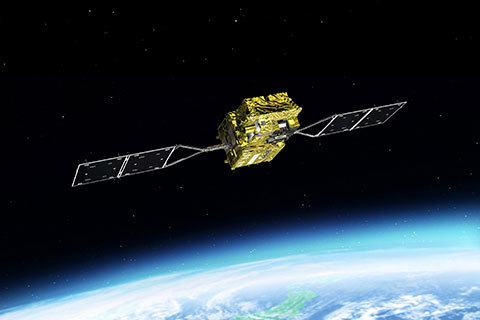
Forecasting future global climate
The purpose of the GCOM (Global Change Observation Mission) project is the global, long-term observation of Earth's environment. GCOM is expected to play an important role in monitoring both global water circulation and climate change, and examining the health of Earth from space. Global and long-term observations (10-15 years) by GCOM will contribute to an understanding of water circulation mechanisms and climate change.
GCOM consists of two satellite series, the GCOM-W and GCOM-C. The GCOM-C, carrying a SGLI (Second generation GLobal Imager), conducts surface and atmospheric measurements related to the carbon cycle and radiation budget, such as clouds, aerosols, ocean color, vegetation, and snow and ice.
Characteristics of Global Change Observation Mission - Climate "SHIKISAI" (GCOM-C)
SGLI is an optical sensor for monitoring the long-term trends of aerosol-cloud interactions and for understanding the carbon cycle
The Second generation GLobal Imager (SGLI) on GCOM-C1 is an optical sensor capable of multi-channel observation at wavelengths from near-UV to thermal infrared wavelengths (380nm to 12µm.) SGLI also has polarimetry and forward / backward observation functions at red and near infrared wavelengths. SGLI obtains global observation data once every 2 or 3 days, with resolutions of 250m to 1km.
The SGLI observations will improve our understanding of climate change mechanisms through long-term monitoring of aerosols and clouds, as well as vegetation and temperatures, in the land and ocean regions. These observations will also contribute to enhancing the prediction accuracy of future environmental changes by improving sub-processes in numerical climate models. SGLI-derived phytoplankton and aerosol distributions are also used for mapping fisheries and for monitoring the transport of yellow dust and/or wildfire smoke.
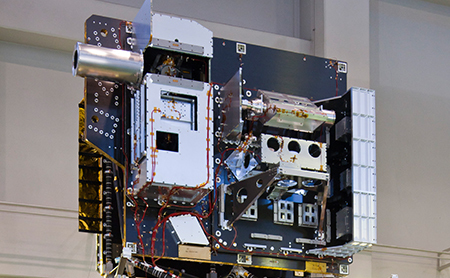
Major Characteristics
Launch Vehicle H-IIA Launch Vehicle Location Tanegashima Space Center Weight 2000kg Power 4kw Design Life 5 years Orbiter Sun-Synchronous Subrecurrent/ Recurrent Altitude 798km Inclination 98.6 degrees Period 10:30±15min Launch Date JFY 2017 (Scheduled)
H-IIA Launch vehicle No. 37 incorporates JAXA's newly developed outcome to insert SHIKISAI and TSUBAME into different orbit altitude respectively. It will expand opportunities of multiple satellite launch and take full advantage of the capability of H-IIA.
+++
About Super Low Altitude Test Satellite "TSUBAME" (SLATS)
 |
Creating new possibilities in satellite usage by developing new orbitsThe Super Low Altitude Test Satellite "TSUBAME" (SLATS) is the first Earth observation satellite to use a super low orbit. A "super low orbit" refers to an orbit with an altitude lower than 300 km. This orbit is an undeveloped region and it has yet to be fully utilized by satellites. Satellites in a super low orbit will bring benefits such as high resolution observations for optical imagers, low power transmissions for active sensors, and cost reductions for satellite manufacturing and launches. This is due to the closer range to the Earth. |
|---|
Characteristics of Super Low Altitude Test Satellite "TSUBAME" (SLATS)
SLATS will use the ion engine technology developed by JAXA in order to verify its technology for orbit control at super low altitudes.
The test satellite will also collect technical data related to the atmosphere, which will be used in the design of future satellites.
Furthermore, SLATS will photograph the Earth, and its technology will be evaluated for future Earth observation satellites.
|
Ion engine Atomic oxygen monitoring system |
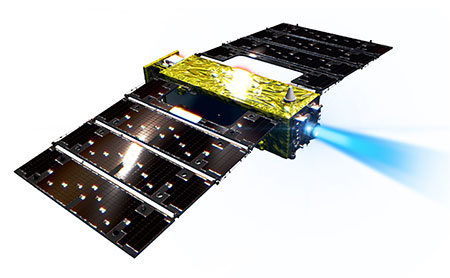 |
|---|
Major Characteristics
| Major onboard instruments | 1. Atomic Oxygen Monitoring System a) AOFS (Atomic Oxygen Fluence Sensor) b) MDM (Material Degradation Monitor) 2. OPS (Optical Sensor) for Earth observation |
|---|---|
| Size | 2.5 (X) x 5.2 (Y) x 0.9 m (Z) (when expanded in orbit) |
| Weight | 400 kg or less |
| Generated power | 1,140 W or more |
| Design life | 2 years or longer |
| Altitude | Altitude of 268 km to 180 km |
| Launch Date | JFY 2016 (Scheduled) |
Quelle: JAXA
----
Update: 2.11.2017
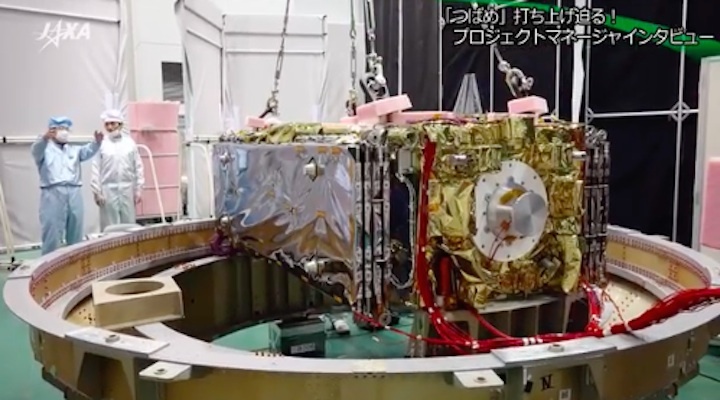

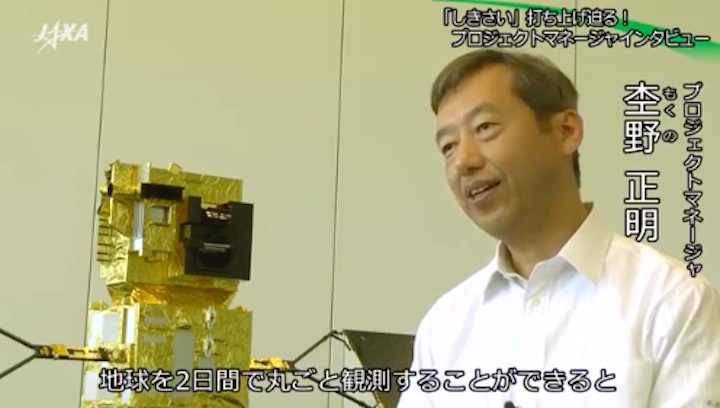
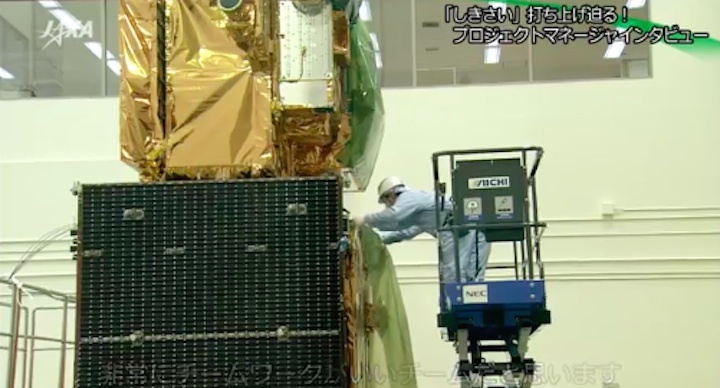

.
